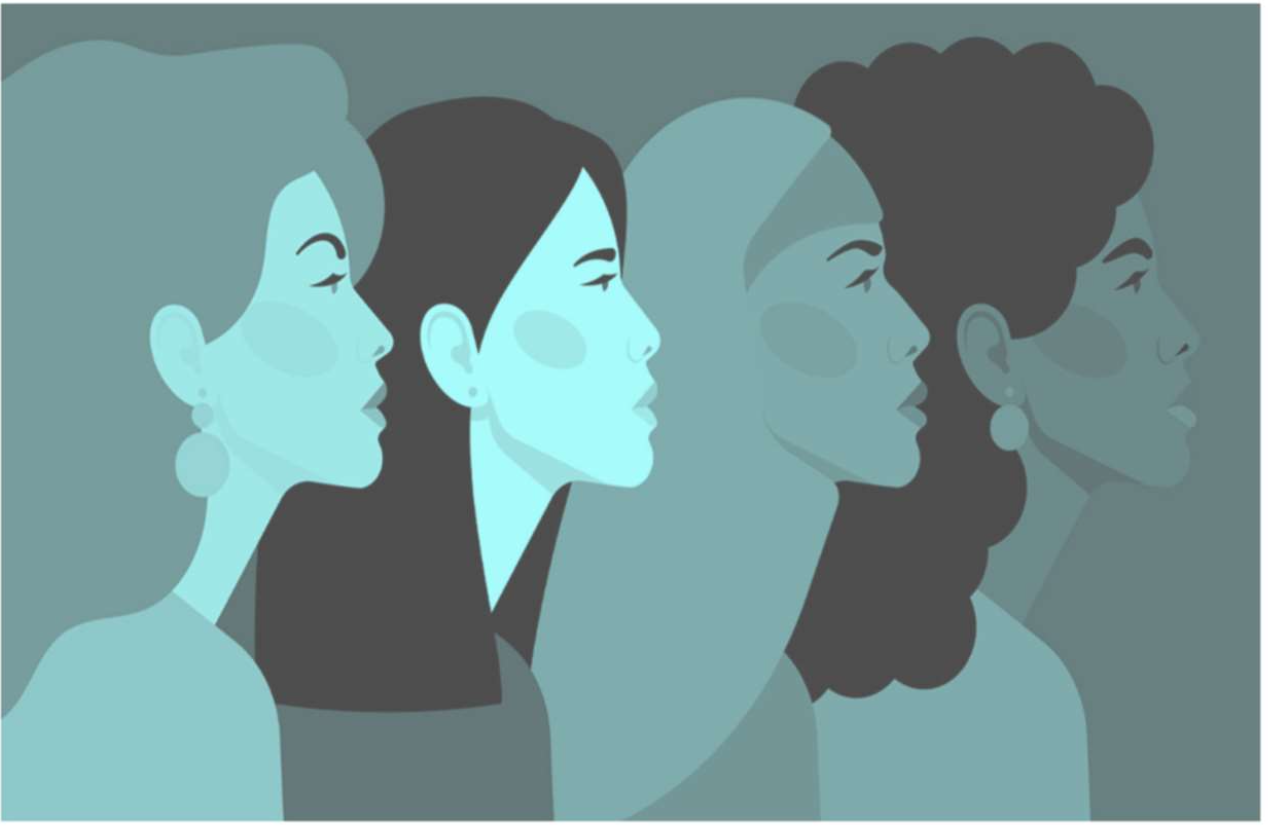FOR IMMEDIATE RELEASE
November 4, 2011
Washington, DC
–Women gained 66,000 of the 80,000 jobs gained this month, and they also gained 136,000 jobs in August and September compared with men’s gain of 126,000 in those two months, as reported in the Bureau of Labor Statistics (BLS) data released today (which included revisions for August and September as well as new numbers for October).
Analysis
of the new data by the
Institute for Women’s Policy Research
(IWPR) shows that the wide job gap between men and women fell from 1.6 million jobs to 1.5 million jobs.
The BLS also reported that the unemployment rate for women aged 16 years and older fell two-tenths of one percentage point, from 8.7 percent to 8.5 percent, while men’s unemployment rate increased from 9.4 percent to 9.5 percent for men in the same age range. For women who maintain families without the support of a spouse, the unemployment rate fell from 12.4 percent to 12.3 percent.
Men have gained back far more jobs in the recovery relative to the number they lost during the recession. Men have gained 30 percent (1.8 million) of the 6.0 million jobs they lost between December 2007 and January 2010 when their employment began to grow. Women have regained only 17 percent (465,000) of the total jobs they lost in the recession (2.7 million from December 2007 to the trough for women’s employment in September 2010). Men are recovering more quickly than women, but the jobs recovery is slow for both men and women.
“Today’s numbers are welcome news for women,” said Dr. Heidi Hartmann, President of IWPR and a labor economist. “But women are still lagging in the recovery when compared with men and, really, job growth has been extraordinarily slow for both women and men. The slower growth for women, in part, reflects the past year’s job losses for women at the state and local government level. Federal assistance to state and local governments could really help women. Men are outpacing women in job growth in just about every sector. Only health care continues to show substantially more job growth for women than men.”
“Because so many women support children on their own and because they earn less, women are still suffering from substantial hardship, long after the overall recovery supposedly began,” said Dr. Jeffrey Hayes, Senior Research Associate at IWPR. According to a recently released
report
from IWPR,
Women and Men Living on the Edge: Economic Insecurity After the Great Recession
, coauthored by Hayes and Hartmann, women and especially single mothers are suffering more hardship in the recovery than men. Women are more likely than men to have failed to pay a bill on time and experienced problems paying rent or mortgage. Twenty-seven (27) percent of women, compared with twenty-one (21) percent of men, report going hungry in the last year. Single mothers are more likely than married parents to report not going to a doctor (45 percent compared with 38 percent) or not filling a medical prescription (43 percent compared with 29 percent) because of cost.
“Discrimination should not be ruled out as a reason for women’s higher share of layoffs and slower hiring in nearly every industry,” said Dr. Barbara Gault, Vice President and Executive Director of IWPR. “We know women earn less in the same jobs and tend to work in lower paying jobs while men get the better pay. Despite jobs progress for women in the past three months, the ‘mancession’ is still shaping up as a ‘he-covery’ so far.”
The Institute for Women’s Policy Research (IWPR) conducts rigorous research and disseminates its findings to address the needs of women and their families, promote public dialogue, and strengthen communities and societies. IWPR is a 501(c)(3) tax-exempt organization that also works in affiliation with the women’s studies and public policy programs at The George Washington University.
-END-


